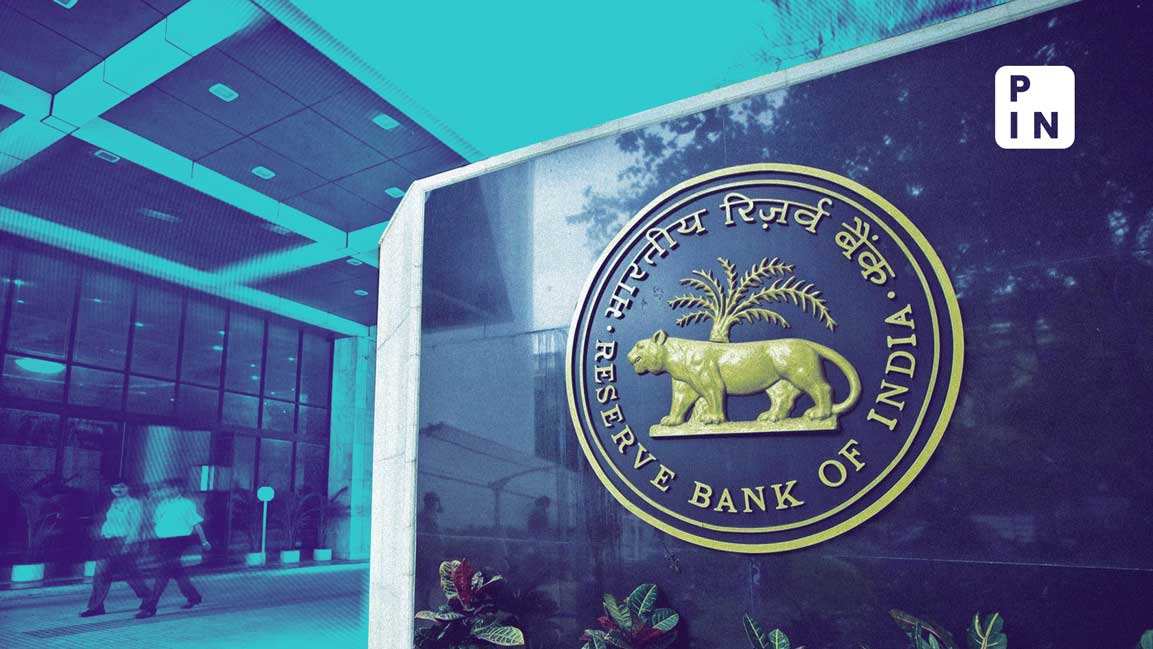- | 3:07 pm
RBI maintains status quo on policy as inflation woes weigh
Reserve Bank maintains hawkish stance amid concerns of a surge in inflation following predictions of searing heat this summer

The Reserve Bank of India (RBI) on Thursday kept its benchmark policy rate unchanged at 6.5%, maintaining its hawkish stance amid concerns of a surge in inflation in the wake of predictions of searing heat this summer.
The RBI’s monetary policy committee (MPC) also decided by a majority of 5 of 6 to stay focused on “withdrawal of accommodation” to ensure inflation progressively aligns to the target, while supporting growth, governor Shaktikanta Das said.
MPC members Das, Shashanka Bhide, Ashima Goyal, Rajiv Ranjan, and Michael Debabrata Patra voted to keep the policy repo rate unchanged, while Jayanth R. Varma voted to reduce the policy repo rate by 25 basis points. One basis point is one-hundredth of a percentage point.
“Robust growth prospects provide the policy space to remain focused on inflation and ensure its descent to the target of 4%,” Das said, adding that “as the uncertainties in food prices continue to pose challenges, the MPC remains vigilant to the upside risks to inflation that might derail the path of disinflation.”
Under these circumstances, monetary policy must continue to be actively disinflationary to ensure anchoring of inflation expectations and fuller transmission of the past actions, Das added.
The tight demand-supply situation in certain categories of pulses and the production outcomes of key vegetables warrant close monitoring, given the forecast of above normal temperatures in the coming months, RBI said.
“Frequent and overlapping adverse climate shocks pose key upside risks to the outlook on international and domestic food prices,” it said.
However, an expected normal south-west monsoon should support agricultural activity, and augurs well for the kharif season, it added.
RBI said it expects fuel price deflation to deepen in the near term following the recent cut in the prices of liquefied petroleum gas.
The recent firming up of international crude oil prices warrants close monitoring, the Reserve Bank said, adding that geo-political tensions and volatility in the financial markets also posed risks to the inflation outlook.
Taking into account these factors and assuming a normal monsoon, RBI projected retail inflation for the new fiscal at 4.5%, with Q1 at 4.9%; Q2 at 3.8%; Q3 at 4.6%; and Q4 at 4.5%.
Liquidity conditions
Following RBI’s monetary policy statement, Das said liquidity conditions had eased in February and March in the wake of increased government spending, the central bank’s market operations and the return-leg of a dollar-rupee sell-buy swap auction.
Expecting seasonal tightening of liquidity in end-March, Das said RBI injected liquidity through variable rate repo (VRR) operations. Consequently, the average borrowings under the marginal standing facility window moderated, but liquidity conditions have again turned surplus from 30 March, necessitating variable rate reverse repo (VRRR) auctions from April.
Stable rupee
On the rupee, Das said the domestic currency has remained largely range-bound as compared to both its emerging market peers and a few advanced economies in 2023-24.
The rupee was the most stable among major currencies during this period and, when compared to the previous three years, the currency exhibited the lowest volatility in 2023-24, reflecting India’s sound macroeconomic fundamentals, financial stability and improvements in the external position, Das added.
The central bank had on Thursday, 4 April, postponed its deadline to implement new rules for exchange-traded forex derivatives by a month following concerns by investors and a sharp rise in volatility.
Under the new rules, which were earlier set to come into force from Friday, 5 April, trading in currency derivatives will be possible only if traders have exposure to a valid underlying contract that has not been hedged using any other derivative contract.
RBI deferred the implementation of norms on exchange-traded currency derivatives linked to the rupee until 3 May.
Financial stability
RBI emphasized that banks, shadow banks and other financial entities must continue to give the highest priority to quality of governance and adherence to regulatory guidelines.
“Companies in the financial sector, by and large, operate with public money – be it of depositors in banks and select NBFCs or investors in bonds and other financial instruments. They should always be mindful of this…It needs to be recognized that financial stability is a joint responsibility of all stakeholders,” Das added.
Additional measures
Das said that with a view to facilitating wider non-resident participation in India’s sovereign green bonds, a scheme for investment and trading in these bonds in the GIFT International Financial Services Centre will be notified shortly.
The regulator also announced the launch of a mobile app for accessing the Retail Direct portal, which “will be of greater convenience to retail investors and deepen the G-sec market.”
The regulator has also proposed to allow deposits of cash in cash deposit machines (CDMs) using the unified payments interface (UPI).
Currently, depositing cash into CDMs mainly requires a debit card. However, Das said that learning from how card-less cash withdrawals work with UPI at ATMs, RBI is planning to allow cash deposits at CDMs using UPI as well. This change will make it easier for customers to deposit cash and help banks manage cash more effectively, he added.
The financial regulator said it is also planning to allow UPI access for prepaid payment instruments (PPIs) through third-party apps.
Currently, UPI payments from PPIs are restricted to the issuer’s web or mobile app. Plans are now in place to allow payments through third-party UPI apps from PPI wallets, aiming to simplify transactions and encourage digital payments for smaller amounts, Das said.
RBI said it is also proposing to open its Central Bank Digital Currency (CBDC)-Retail to more users by letting non-bank operators provide CBDC wallets, enhancing the platform’s ability to support transactions across various channels.
CBDC-Retail is a digital form of a country’s fiat currency, issued by the central bank, intended for use by the general public for everyday transactions.













